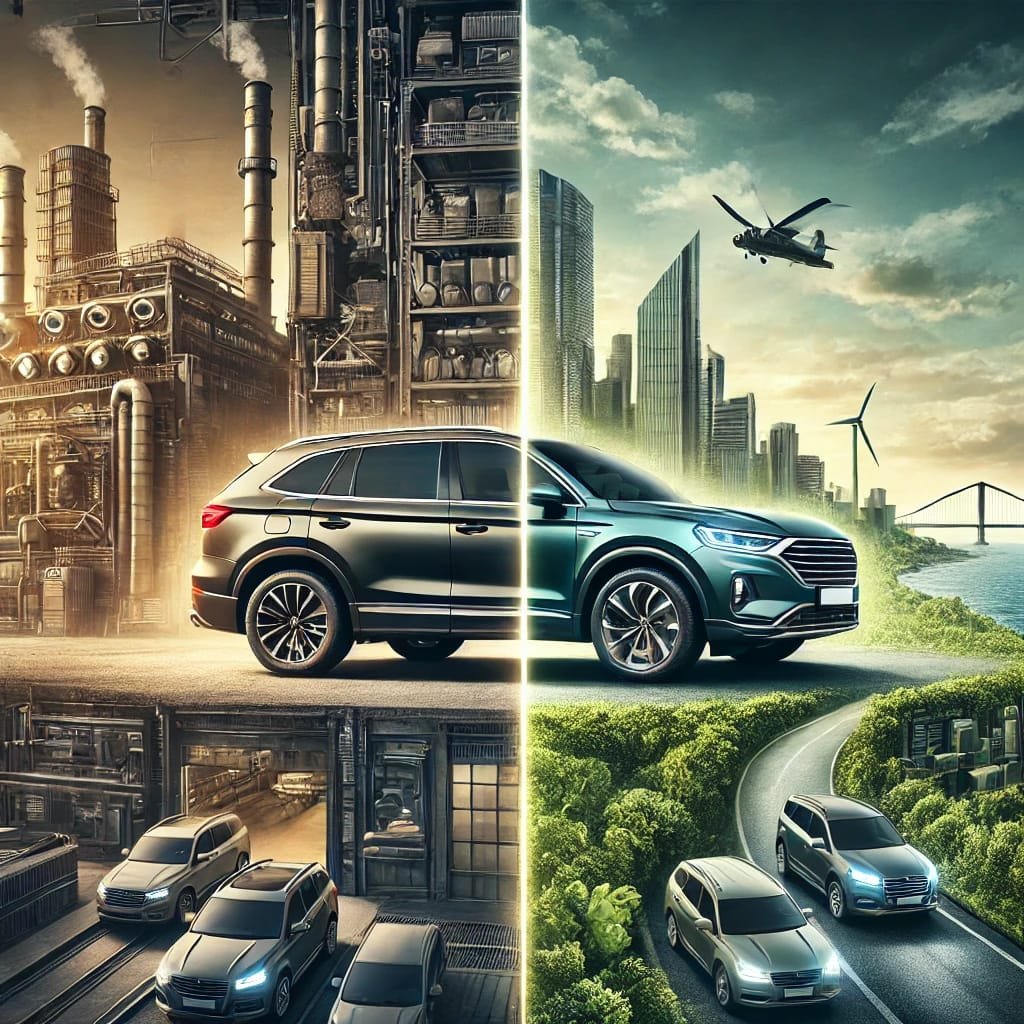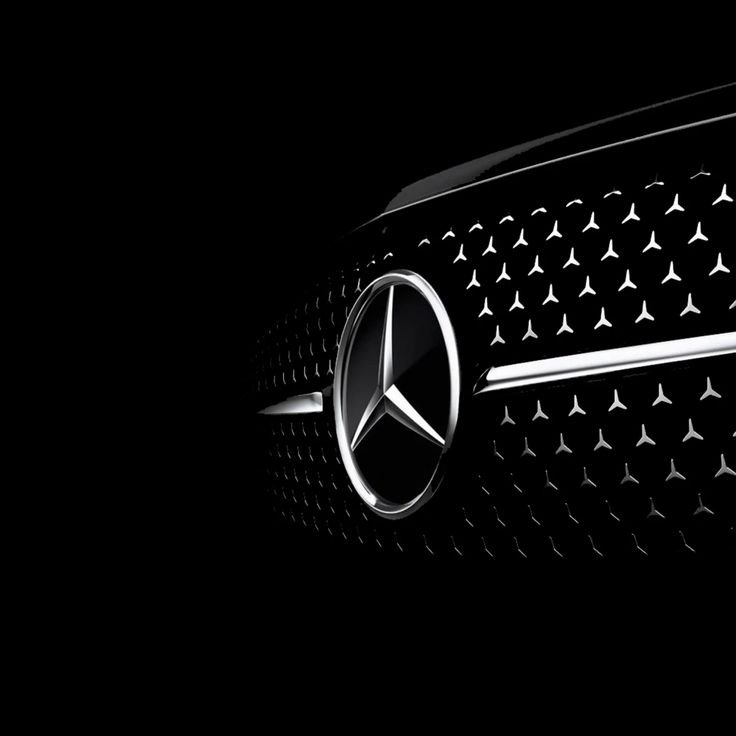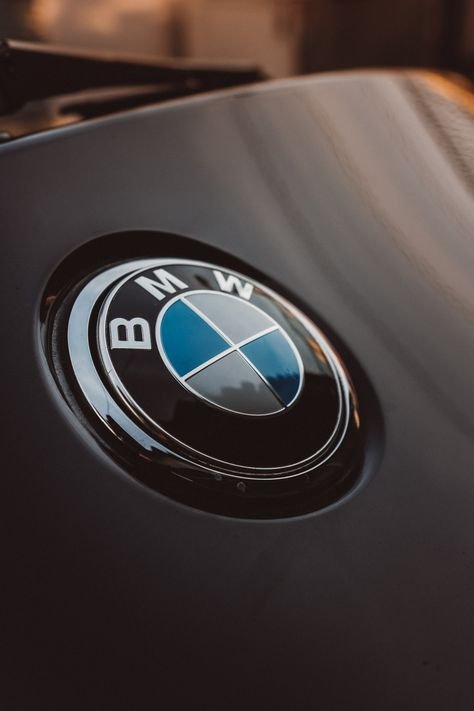
Classic cars carry a unique charm, embodying the design and engineering of a different era. For enthusiasts, owning a classic car is about preserving or enhancing its heritage and character. Yet, one significant decision awaits every classic car owner: should the car be restored to its original glory, or modified to meet modern preferences? Both options have distinct benefits and challenges, and the choice ultimately depends on personal goals, budget, and passion. Let’s delve into the details of each approach to understand which may be better for different types of car enthusiasts.
Restoration: Returning to Original Condition
Restoring a classic car involves bringing it back to its factory-original condition. This process requires meticulous attention to detail, as it includes sourcing original parts, matching the paint to the car’s historical color, and maintaining the car’s original design and specifications. The goal is authenticity, aiming to make the car look and function as it did when it rolled off the assembly line.
Advantages of Restoration
- Preservation of Heritage: Restoration is ideal for those who value history. By restoring a car, you preserve its original character, design, and engineering. The vehicle becomes a time capsule, showcasing the automotive style and technology of a particular era.
- Value Retention: Restoring a car to its original specifications can increase its resale value, especially if it’s a rare or desirable model. Collectors often pay a premium for well-restored classics that adhere closely to factory specifications.
- Historical Accuracy: Restoring the car allows enthusiasts to experience it as it was meant to be driven. For purists, this is the ultimate form of respect for automotive history. The vehicle remains authentic, true to its original build and purpose.
- Community and Events: Fully restored classic cars often have a place in car shows, exhibitions, and events where authenticity is valued. Car clubs and events dedicated to classic models appreciate restorations and welcome them as essential contributions to the preservation of automotive history.
Challenges of Restoration
- Sourcing Original Parts: Finding authentic parts for a classic car can be challenging and costly. Some parts are rare or even discontinued, and owners may have to source parts from overseas or salvage yards, adding to both the cost and time required for restoration.
- High Costs: Restoring a car to its original condition can be expensive. The process often involves not only sourcing rare parts but also hiring skilled craftsmen, who charge a premium for precision work. Paint jobs, upholstery, and mechanical parts may add up to a considerable investment.
- Maintenance: Restored cars may require more upkeep, especially if the car’s technology is outdated or if it uses parts that are difficult to replace. They may not be as reliable for daily driving compared to modern vehicles, making them more suitable for occasional use.
Modification: Adding a Modern Twist to a Classic
Modifying a classic car involves updating or upgrading certain aspects of the vehicle to meet modern standards, preferences, or performance levels. Modifications can range from small cosmetic changes to complete overhauls, such as swapping the original engine for a more powerful one, adding air conditioning, or modernizing the interior.
Advantages of Modification
- Personalization: Modification offers endless possibilities for personalization. Enthusiasts can tailor their cars to their tastes, whether that involves performance upgrades, custom paint, modern interiors, or advanced audio systems. The car becomes a unique expression of the owner’s style.
- Enhanced Performance: Many classic cars were built with limited technology. By upgrading the engine, brakes, or suspension, owners can improve performance and handling. Modern modifications allow for a smoother, more powerful drive, which can be particularly appealing for those who want to use their cars more frequently.
- Comfort and Convenience: Modern features like air conditioning, GPS, Bluetooth connectivity, and more comfortable seating can be added through modification. These upgrades make the car more enjoyable and practical for everyday use.
- Increased Reliability: Modernizing a classic car can make it more reliable. For instance, swapping out an old carburetor for fuel injection can improve fuel efficiency and reduce maintenance needs. This makes the car easier to maintain and more dependable on longer journeys.
Challenges of Modification
- Costly Customization: Major modifications can be as costly as restorations, especially if they involve significant engine work, custom interiors, or advanced electronics. The cost of custom parts and labor can quickly add up.
- Potential Decrease in Resale Value: Modifying a classic car can sometimes reduce its value, particularly if it’s a rare model. Purist collectors often prefer cars in original condition and may view extensive modifications as detracting from the car’s authenticity.
- Loss of Historical Value: Some believe that modifying a classic car removes its historical significance. Replacing original components with modern parts can be seen as stripping the car of its unique heritage and character.
- Compatibility Issues: Not all modern parts are compatible with older vehicles. Complex modifications may require extensive rewiring, changes to the structure, or custom fabrication, which can introduce issues down the road.
Key Factors to Consider: Restoration vs. Modification
Choosing between restoring and modifying a classic car requires a clear understanding of your goals and priorities.
- Purpose: What do you want from your classic car? If you’re aiming for an authentic driving experience that honors the car’s legacy, restoration may be the best route. If you want a classic car that you can drive regularly and enjoy with modern comforts, modification might be more suitable.
- Budget: Restoration and modification projects can both be expensive. Restorations often have higher costs due to the need for original parts and expert labor. Modifications allow for more flexibility in budget, as you can pick and choose which areas to upgrade.
- Usage: If you plan to drive your classic car frequently, modifications could make it more practical and reliable. Restored cars, though beautiful, might not perform as efficiently or handle as well in modern traffic, limiting them to occasional use.
- Resale Value: Consider whether you plan to sell the car in the future. Restored cars often have a wider resale appeal among collectors, whereas modified cars might appeal to a more niche market, depending on the modifications.
- Attachment to Originality: Some owners are passionate about maintaining their car’s original identity, which makes restoration the only option. Others see their car as a canvas for creativity, leaning toward modification to enhance performance, aesthetics, and personal connection.
The Middle Ground: Restomod
For those torn between restoring and modifying, the concept of “restomod” offers a balanced approach. Restomodding combines elements of restoration and modification, maintaining the car’s classic look while integrating modern technology. It’s a best-of-both-worlds approach, preserving the essence of the classic car while making it more practical for today’s driving conditions.
Conclusion: Which is Better?
The choice between restoring and modifying a classic car boils down to individual preferences. Restoration honors tradition and keeps the car as close to its original form as possible, making it a cherished piece of history. Modification, on the other hand, allows for creative freedom, modern comfort, and enhanced performance, making the car more versatile and suitable for regular use.
For the purist, restoration offers an authentic experience that captures the spirit of a bygone era. For the enthusiast who values performance, comfort, and practicality, modification provides a way to enjoy a classic car with modern amenities.
In the end, there’s no “right” choice—only the choice that best aligns with your vision for your classic car.
ALSO READ: Best Motorcycles for Long-Distance Touring







